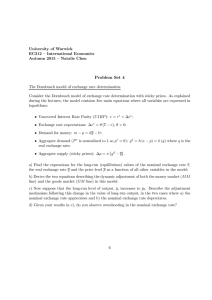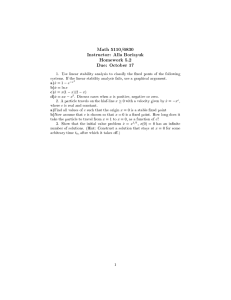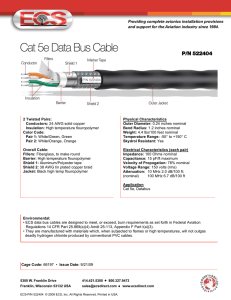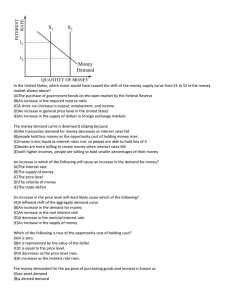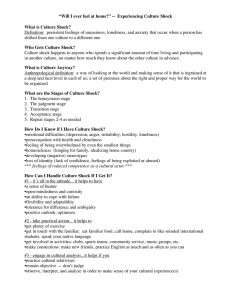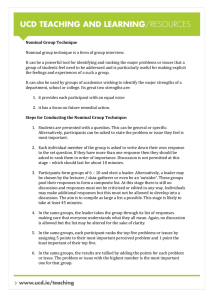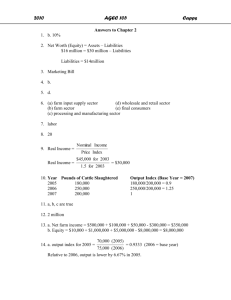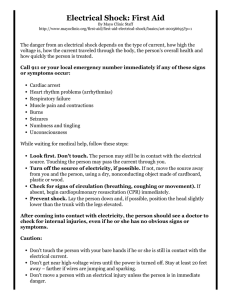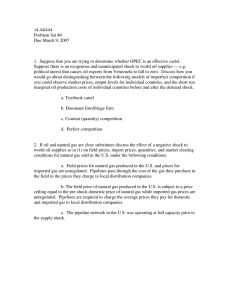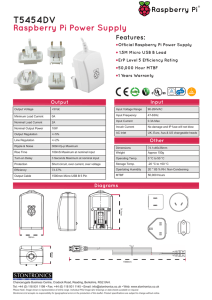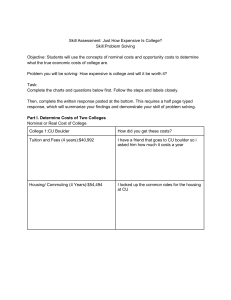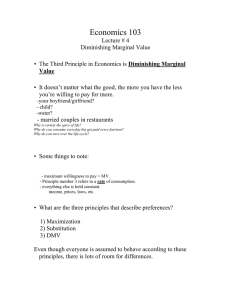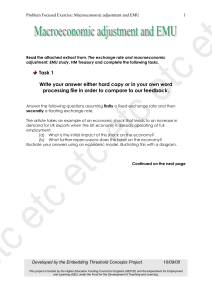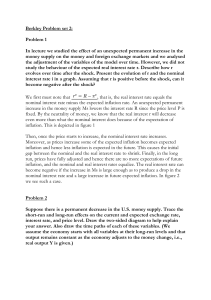Problem Set 3
advertisement
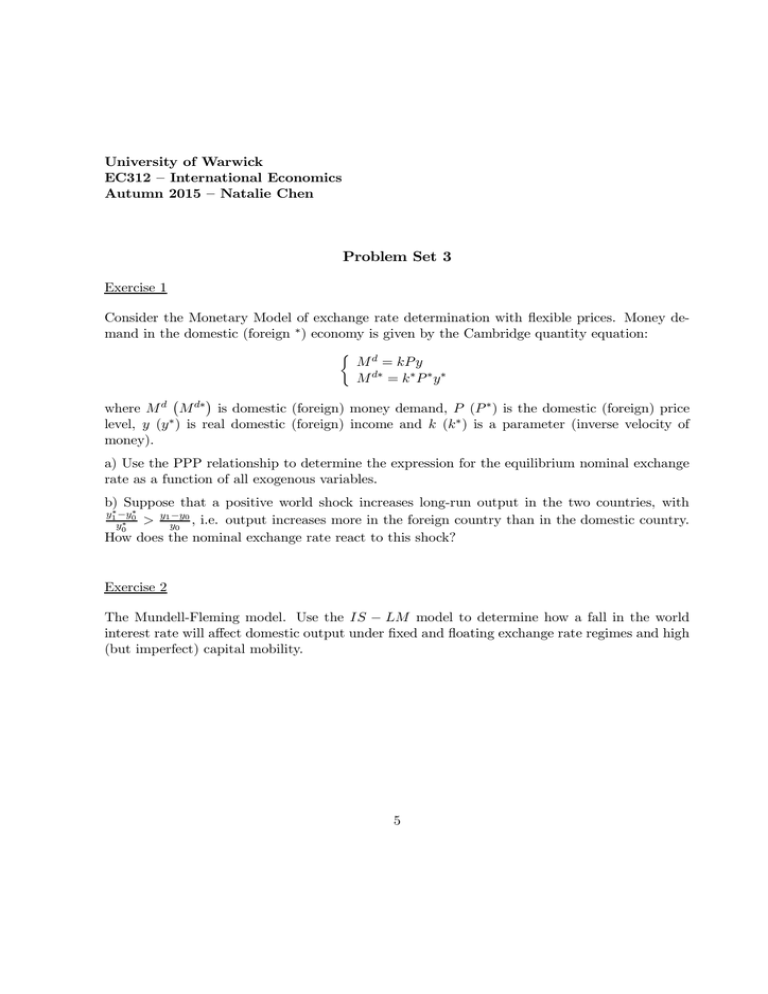
University of Warwick EC312 – International Economics Autumn 2015 – Natalie Chen Problem Set 3 Exercise 1 Consider the Monetary Model of exchange rate determination with ‡exible prices. Money demand in the domestic (foreign ¤ ) economy is given by the Cambridge quantity equation: ½ = ¤ = ¤ ¤ ¤ ¡ ¢ where ¤ is domestic (foreign) money demand, ( ¤ ) is the domestic (foreign) price level, ( ¤ ) is real domestic (foreign) income and (¤ ) is a parameter (inverse velocity of money). a) Use the PPP relationship to determine the expression for the equilibrium nominal exchange rate as a function of all exogenous variables. b) Suppose that a positive world shock increases long-run output in the two countries, with 1¤ ¡0¤ 0 1¡ , i.e. output increases more in the foreign country than in the domestic country. 0¤ 0 How does the nominal exchange rate react to this shock? Exercise 2 The Mundell-Fleming model. Use the ¡ model to determine how a fall in the world interest rate will a¤ect domestic output under …xed and ‡oating exchange rate regimes and high (but imperfect) capital mobility. 5
